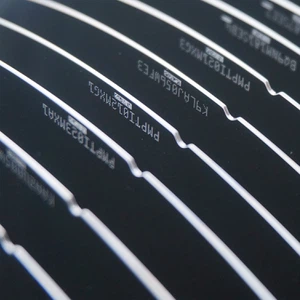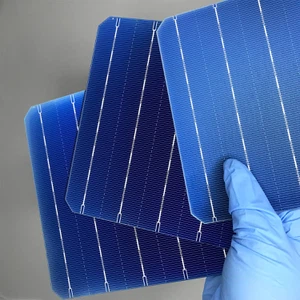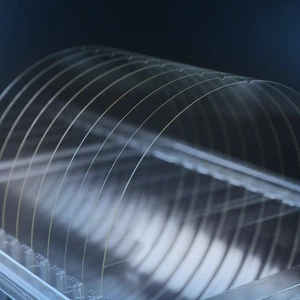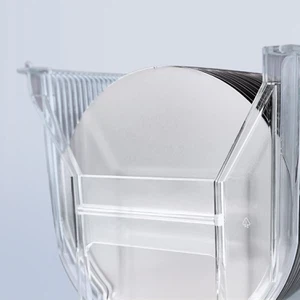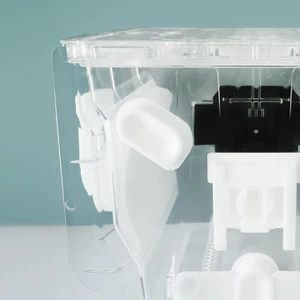TTV, BOW, WARP, and TIR are all terms used in the semiconductor industry to describe different aspects of a wafer's surface geometry. These terms are commonly used during the production of semiconductor chips to ensure high-quality and precise manufacturing processes.
TTV stands for total thickness variation and refers to the variation in the thickness of a wafer across its surface. TTV is essential to measure during the manufacturing process as it affects the performance and yield of the final semiconductor chip. By measuring and controlling TTV, manufacturers can ensure the wafer's uniform thickness and minimize errors in the production process.
BOW, or bowing, refers to the shape of the wafer surface across its diameter. It's the amount of curvature or deviation from a perfectly flat surface. Wafers with high BOW may be more challenging to process since they can create problems in alignment and focus during the patterning process. Manufacturers must control BOW accurately, so the semiconductor devices produced from the wafers meet the desired performance specifications.
WARP describes the deviation of the wafer's surface from its perfect planarity in any area. It refers to the distortion of the wafer surface due to various stresses, such as thermal stresses or mechanical forces. WARP can result in misalignment between wafers during the manufacturing of semiconductor devices, leading to lower yields. Hence, monitoring and controlling WARP are essential for achieving high-quality semiconductor devices.
TIR, or total indicated runout, refers to the variation in the wafer's flatness concerning its rotation axis. This measure is crucial for ensuring accurate alignment and focus during wafer processing, especially during the patterning process. Semiconductors with high TIR can negatively impact the yield and performance of the final device.
TTW, BOW, WARP, and TIR are critical measures used to ensure high-quality semiconductor devices. Proper monitoring and control of these measures during the wafer production process are imperative to achieve precise semiconductor devices with superior performance and yield.

